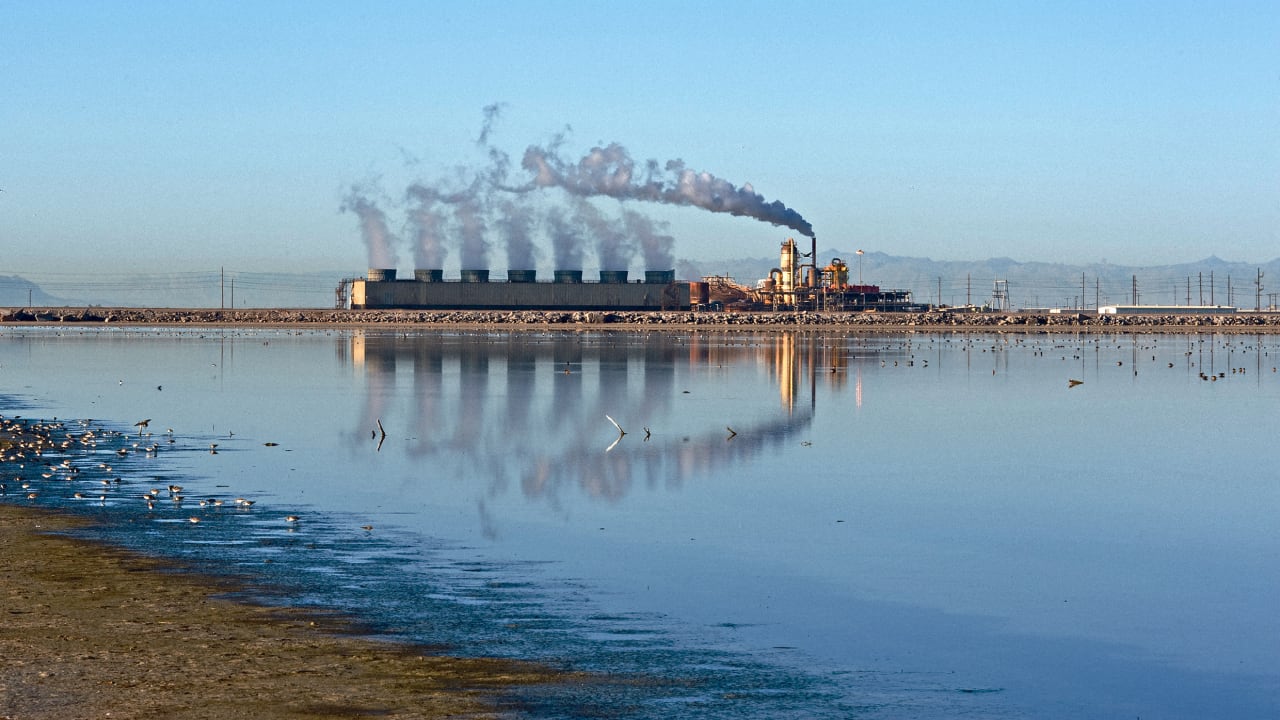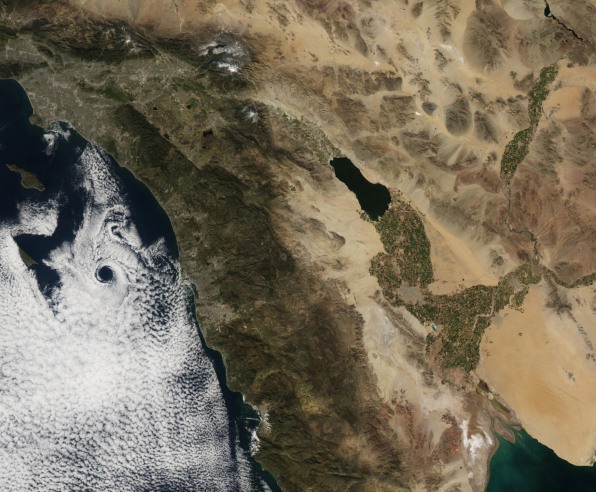
[ad_1]
Geothermal energy has long been the forgotten member of the clean energy family, overshadowed by relatively cheap solar and wind power, despite its proven potential. But that may soon change—for an unexpected reason.
Geothermal technologies are on the verge of unlocking vast quantities of lithium from naturally occurring hot brines beneath places like California’s Salton Sea, a two-hour drive from San Diego.
Lithium is essential for lithium-ion batteries, which power electric vehicles and energy storage. Demand for these batteries is quickly rising, but the U.S. is currently heavily reliant on lithium imports from other countries—most of the nation’s lithium supply comes from Argentina, Chile, Russia, and China. The ability to recover critical minerals from geothermal brines in the U.S. could have important implications for energy and mineral security, as well as global supply chains, workforce transitions, and geopolitics.
As a geologist who works with geothermal brines and an energy policy scholar, we believe this technology can bolster the nation’s critical minerals supply chain at a time when concerns about the supply chain’s security are rising.
Enough lithium to far exceed today’s US demand
Geothermal power plants use heat from the earth to generate a constant supply of steam to run turbines that produce electricity. The plants operate by bringing up a complex saline solution located far underground, where it absorbs heat and is enriched with minerals such as lithium, manganese, zinc, potassium, and boron.
Geothermal brines are the concentrated liquid left over after heat and steam are extracted at a geothermal plant. In the Salton Sea plants, these brines contain high concentrations—about 30%—of dissolved solids.
If test projects now underway prove that battery-grade lithium can be extracted from these brines cost effectively, 11 existing geothermal plants along the Salton Sea alone could have the potential to produce enough lithium metal to provide about 10 times the current U.S. demand.

Three operators at the Salton Sea geothermal field are in various stages of designing, constructing, and testing pilot plants for direct lithium extraction from the hot brines.
At full production capacity, the 11 existing power plants near the Salton Sea, which currently generate about 432 megawatts of electricity, could also produce about 20,000 metric tons of lithium metal per year. At current prices, the annual market value of this metal would be more than $5 billion.
Geopolitical risks in the lithium supply chain
Existing lithium supply chains are rife with uncertainties that put mineral security in question for the U.S.
A lack of policy support
Geothermal power today represents less than 0.5% of the utility-scale electricity generation in the U.S.
One reason it remains a stagnant energy technology in the U.S. is the lack of strong policy support. Preliminary findings from a research study being conducted by one of us indicate that part of the problem is rooted in disagreements among older and newer geothermal companies themselves, including how they talk about geothermal energy’s benefits with policymakers, investors, the media, and the public.
Geothermal power has the ability to complement solar and wind energy as a baseload power source—it is constant, unlike sunshine and wind—and to provide energy and mineral security. It could also offer a professional bridge for oil, gas, and coal employees to transition into the clean energy economy.
The industry could benefit from policies like risk mitigation funds to lessen drilling exploration costs, grant programs to demonstrate innovations, long-term power contracts, or tax incentives.
Adding the production of critical metals like lithium, manganese, and zinc from geothermal brines could provide geothermal electrical power operators a new competitive advantage and help get geothermal onto the policy agenda.
Geothermal energy gets a boost in California
Trends might be moving in the right direction for geothermal energy producers.
[ad_2]
Source link





